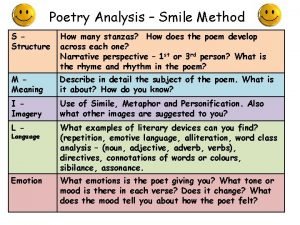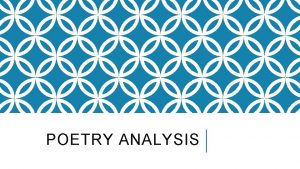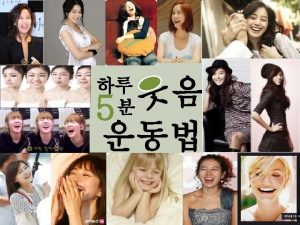Poetry Analysis Smile Method S Structure How many


- Slides: 2

Poetry Analysis – Smile Method S Structure How many stanzas? How does the poem develop across each one? Narrative perspective – 1 st or 3 rd person? What is the rhyme and rhythm in the poem? M Meaning Describe in detail the subject of the poem. What is it about? How do you know? I Imagery Use of Simile, Metaphor and Personification. Also what other images are suggested to you? L - What examples of literary devices can you find? (repetition, emotive language, alliteration, word class analysis – (noun, adjective, adverb, verbs), directives, connotations of words or colours, sibilance, assonance. Emotion What emotions is the poet giving you? What tone or mood is there in each verse? Does it change? What does the mood tell you about how the poet felt? Language

Poetry Analysis – Smile Method Structure Stanzas = verses Narrative voice = who is speaking in the poem First person = I. Second person = you. Third person = he, she, it. Rhyme = repetition of similar sounds. Rhythm = a pattern of stresses in the sounds of a poem. Meaning Describe = to explain what you understand in the poem Imagery Simile = use like or as to compare Metaphor = comparing something as if it is something else Personification = giving an object characteristics of a person Imagery = painting a picture in the mind Language Repetition = repeating an idea, word or phrase Emotive language which appeals to emotions or senses Alliteration = repetition of the same sound at the start of words Noun = name of something. Adjective = describing word. Adverb = how something is done. Verb = what is being done. Directive = addressing the audience – we, you & us. connotations of words or colours = the other things you associate with the word or colour. Sibilance = repetition of sss sounds. Assonance = rhyme of vowel sounds. Emotions = feelings. Tone = feelings shown in the poem.



